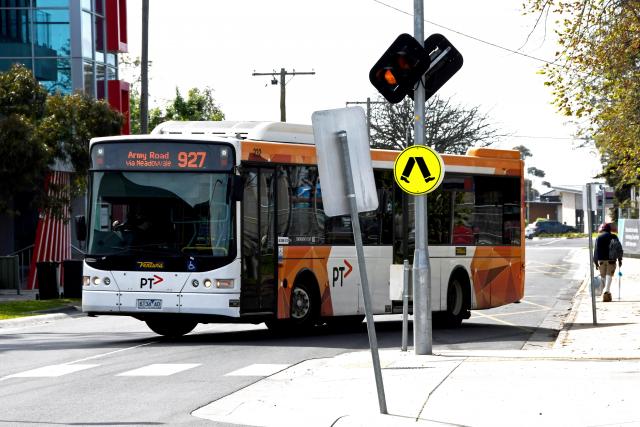An advisory body to the State Government has demonstrated what an expanded upgrade could look like for Pakenham and surrounds, in a push for buses to become vital for transport in Melbourne’s growth areas.
Infrastructure Victoria, an independent advisory body, published a report on Tuesday 5 December on the future of Melbourne’s bus network and how it will play a vital role in the largest growth areas like Cardinia.
Within the report, Casey and the urban area of Cardinia is used as an example to show the benefits for an expanded bus network. Over the next ten years buses will become more important for growth areas on the edge of the metropolitan train lines and outside of the tram network.
The report labels the current bus network as ‘indirect’ with zero per cent of residents having access to a bus that comes at least every 10 minutes.
The Pakenham area is serviced mostly by local routes which work within the immediate area, rather than larger routes which more directly connect passengers to wider networks across major areas.
The test model sees bus services tripled in the South East as it grows by 22 per cent by 2036, with Pakenham connected to larger routes between Dandenong, Cranbourne and Frankston.
Infrastructure Victoria explains how this would vastly improve access to faster and direct transport with Pakenham and surrounds seeing more frequent buses. Taking Cardinia as a whole, 37 per cent of residents would have access to a bus which comes at least every 10 minutes, contrary to none who do now.
The report said bus boarding in Cardinia could increase by 150 per cent with this new infrastructure, highlighting that the Princes Highway between Beaconsfield and Pakenham could become a ‘high patronage corridor’.
When it comes to job access the modelling showed Officer could become of many South East suburbs to have access to more than 44,000 jobs within 45 minutes travel time.
Between $280 and $390 million could be saved in time saving benefits over 20 years if this model were to be implemented, the report explained. Such a network would need additional $120 to $150 million to operate, while $45 to $55 million would be added to capital costs.








